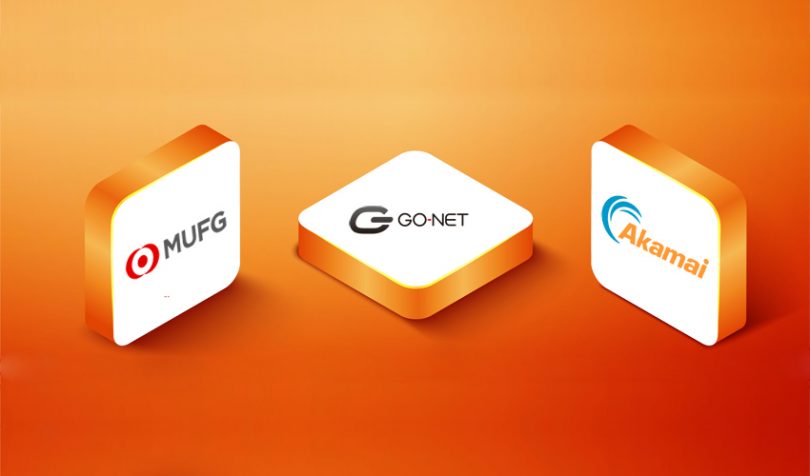MUFG has been working with Akamai for some time on the GO-NET blockchain payment network, where MUFG owns 80% and Akamai the balance. First unveiled in February 2019, the latest news is the announcement of a timescale for launch with baby steps starting in 2021.
Delivering low-cost micropayments is the goal of the network. That will start with small credit card payments and loyalty point cards but ultimately will also encompass IoT transactions. MUFG owns one of the larger Japanese credit card firms.
According to Nikkei, the first step will be in February and March 2021 when it integrates payment terminals from Seiko Solutions with its own credit card company Mitsubishi UFJ NICOS and then other card firms. In the summer of 2021, it plans to launch a credit card payment service for soft drink vending machines enabling touch payment. The key advantage is reducing the card processing cost from an average of five yen per drink to around one yen.
GO-NET claims that the solution addresses blockchain technology’s challenges of latency and scalability. It uses Akamai Intelligent Edge, a global network of 250,000 edge cloud servers spanning more than 139 countries. Akamai boasts as customers more than 90% of North America’s top retailers and 18 of the world’s largest asset managers.
The joint venture also claims it has the capacity to process more than 100,000 transactions per second with the potential to scale it up to between one and ten million per second. Akamai has previously claimed that its Blockchain as a Service solution can process a million transactions per second with two-second finality.
The GO-NET joint venture isn’t the only firm that has created its own network for processing payments. Yesterday we reported that Korean firm Danal has set up a Hyperledger Fabric-based blockchain network to process digital currency payments and recently partnered with Chinese credit card backbone UnionPay. And Paypal also recently spoke about processing digital currency payments, where it seems it doesn’t plan to pass on cost savings to merchants or end users.






